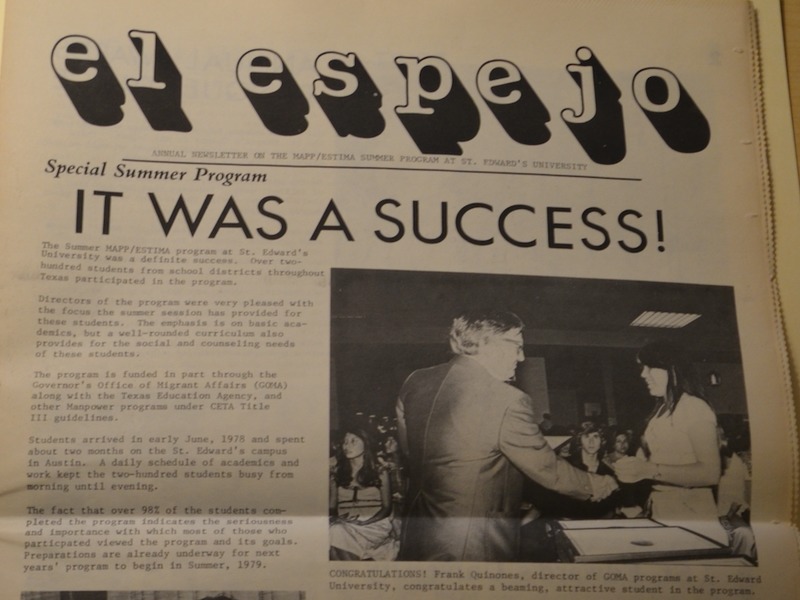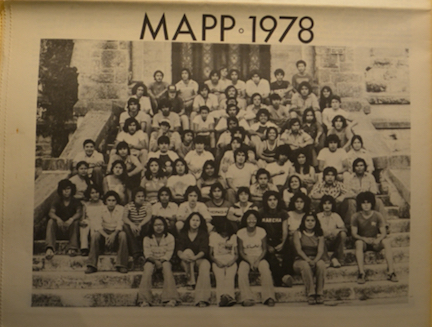What is MAPP/Estima?
History of Migrant Workers
Following the end of the Mexican-American War in 1848, the United States saw an influx of immigrants joining other Spanish-speaking American citizens to journey north through the United States working the fields and becoming an essential cog that in the agricultural economic machine. [1] Their journey began right on the border in the Rio Grande Valley in south Texas and extended all the way through the country to the Canadian border, moving from one rural area to another. The work was extremely physically demanding, under grueling conditions, for long hours, and with very little to show for it except the calluses on their hands. During the 1970s migrant workers were rarely paid the standard hourly minimum wage, which led to cycle of poverty among these families. [2]
The children of these families suffered just as much if not more, due to the work schedule and settings; they often had to move through several schools across several towns, even states during one school year. This inconsistency caused migrant students to fall behind in their academic levels compared to their non-migrant counterparts. Migrant students also had lower average academic performance, attendance, and rates of completion since most dropped out before the age of 14 to join their family in the fields. Despite what some might think, this was not a choice, most students didn’t choose to drop out, because they couldn’t handle the curriculum or simply didn’t want to be there. For most this was simply the path chosen for them because their family needed the extra hands on the field to earn what they could to continue to support their family and future generations. [3] Since the start of migrant workers till the early 1970’s there had been no effort made to aid or adjust the curriculum to give these children equal educational and occupational opportunities that those in traditional school settings would normally received.

The MAPP/Estima annual newsletter front page announcing that the summer 1978 program was a huge success.
History of MAPP/Estima
In 1975 the Texas Department of Community Affairs, Governor’s Office of Migrant Affairs (GOMA), Texas Education Agency, and other programs that fell under the CETA Title III guidelines, began the Migrant Attrition Prevention Program and the Education Studies to Influence Migrant Advancement or otherwise known as MAPP/Estima.[4] Every summer a group of Texas high school migrant students arrived at St. Edward’s University in Austin Texas and prepared to spend the summer in rigorous classes, exciting extracurricular activities, and workshops designed to teach them real-world skills such time management and budgeting. This program was the first of its kind, giving migrant students, and future generations educational and occupational opportunities that they never would have been exposed to otherwise. The program was also designed to allow the students to work while they go to school and paid them for both so that way their families were compensated for the loss of an extra set of hands in the field during the three-month period [5]. Thanks to this program we have seen generations of migrant advancement that helps many current St. Edward’s students.
